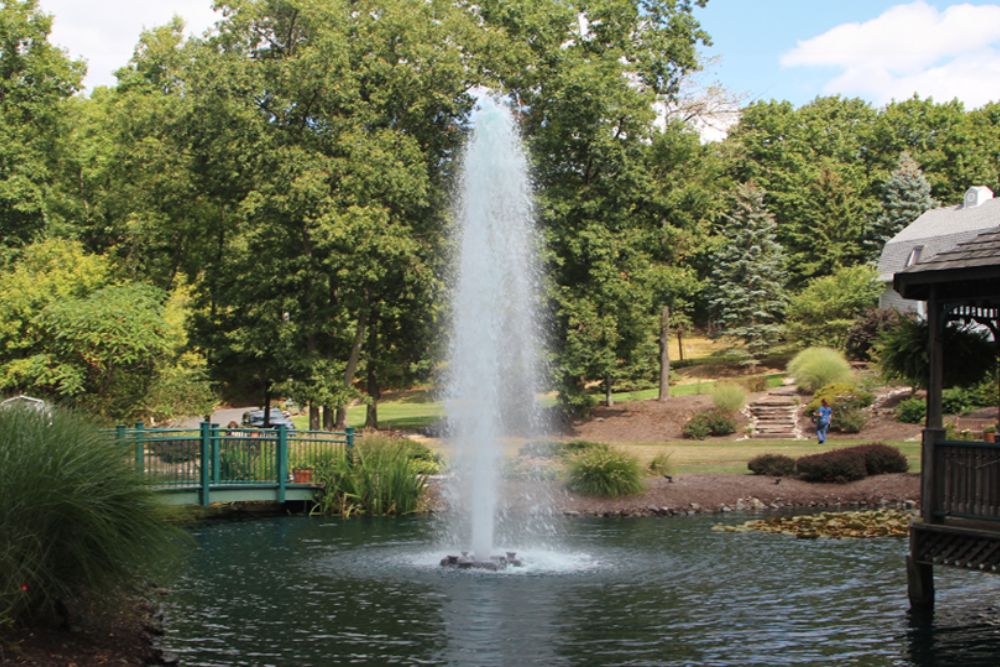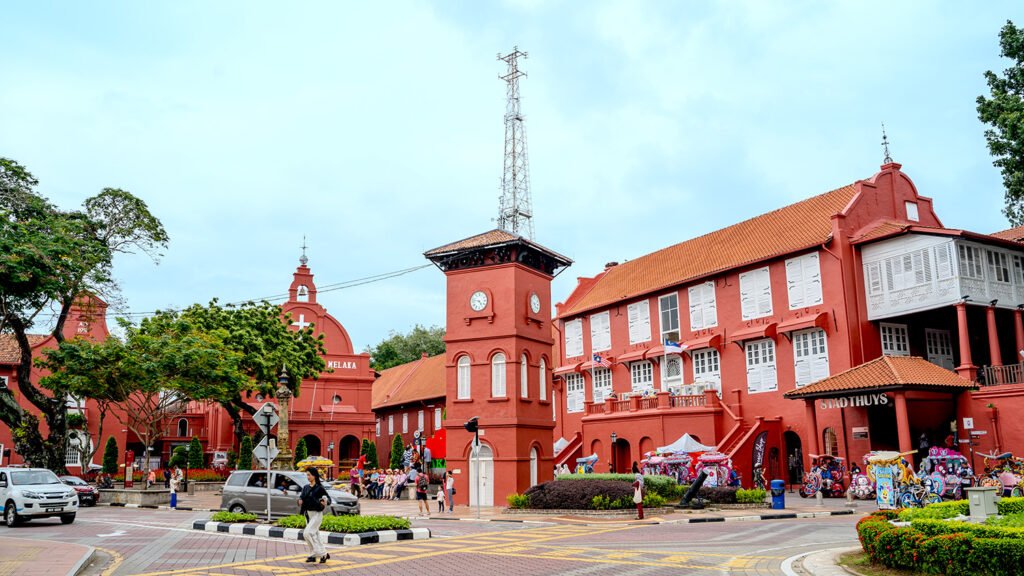Nestled in the heart of Malacca, Red Square (or Dutch Square) stands as a testament to Malaysia’s colonial history and cultural diversity. This vibrant square, characterized by its striking red buildings and lively atmosphere, is not just a tourist hotspot but a symbol of the nation’s rich heritage. Let’s delve into the fascinating history of Red Square and uncover what makes it a must-visit destination.
The Origins of Red Square
Red Square was established during the Dutch colonial period in the 17th century when the Dutch seized Malacca from the Portuguese. The square served as an administrative center for the Dutch East India Company. At that time, it was known as Stadthuys, which means “City Hall” in Dutch. The striking red hue of its buildings symbolizes the Dutch influence on Malaysian architecture.
The construction of Stadthuys began in 1650 and was completed in 1660. This impressive structure features a blend of Dutch and local architectural styles, with its iconic white-framed windows and gabled roof. Today, it houses the Museum of History and Ethnography, providing visitors with insights into Malacca’s past.
Architectural Highlights
One cannot discuss Red Square without mentioning its architectural marvels. The square is home to several historical buildings that reflect the influence of various cultures.
The Stadthuys

As previously mentioned, Stadthuys is arguably the most famous building in Red Square. Its bright red façade captures attention from afar. Visitors can explore its well-preserved interiors, which showcase artifacts from Malacca’s colonial era and beyond.
Christ Church

Adjacent to Stadthuys lies Christ Church, built by the Dutch in 1753. This Anglican church features stunning stained-glass windows and a beautiful wooden interior. The church stands as a reminder of Malaysia’s religious diversity and has become an essential part of Red Square’s identity.
The Fountain

At the center of Red Square, you’ll find a charming Victorian fountain built in 1886. This ornate fountain is surrounded by lush greenery and serves as a popular gathering spot for tourists and locals alike. It adds to the picturesque ambiance of this historic landmark.
Cultural Significance
Red Square holds great cultural significance for both locals and visitors. It serves as a gathering place for various festivals and events throughout the year. From cultural performances to traditional markets, there’s always something happening at this vibrant location.
The square also reflects Malaysia’s multiculturalism. As you stroll through Red Square, you’ll notice influences from Malay, Chinese, Indian, and European cultures coexisting harmoniously. This diversity is celebrated through food stalls offering local delicacies, art displays showcasing traditional crafts, and events that highlight different cultural heritages.
A Hub for Tourism
In recent years, Red Square has transformed into a bustling tourist hub. Tourists flock to this historical site to capture Instagram-worthy photos against the backdrop of its iconic red buildings. Local vendors sell souvenirs ranging from handmade crafts to delicious street food, making it an ideal spot for visitors seeking an authentic taste of Malaysian culture.
Red Square also serves as a gateway to explore other attractions in Malacca. Nearby sites include A Famosa Fort, St. Paul’s Hill, and Jonker Street—all rich in history and culture.
Conclusion
The history of Red Square is deeply intertwined with Malaysia’s colonial past and its journey towards becoming a multicultural nation. This vibrant landmark not only showcases stunning architecture but also serves as a reminder of the diverse influences that have shaped Malaysia today.












